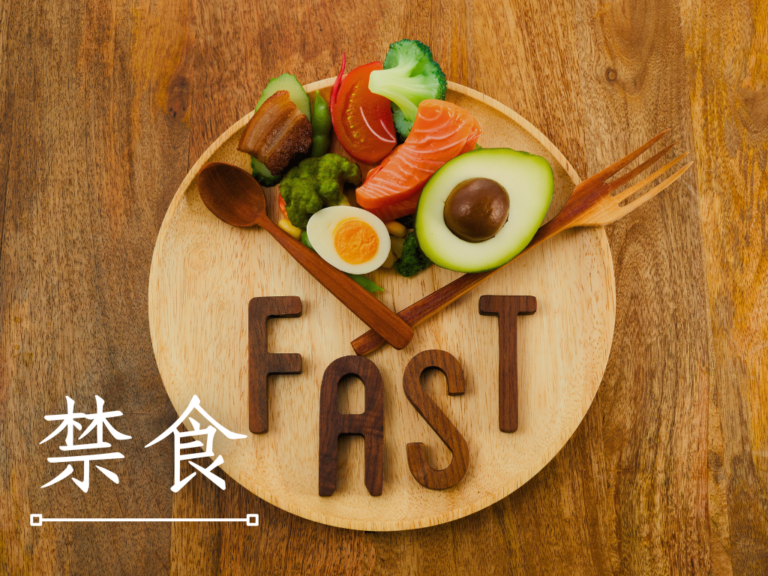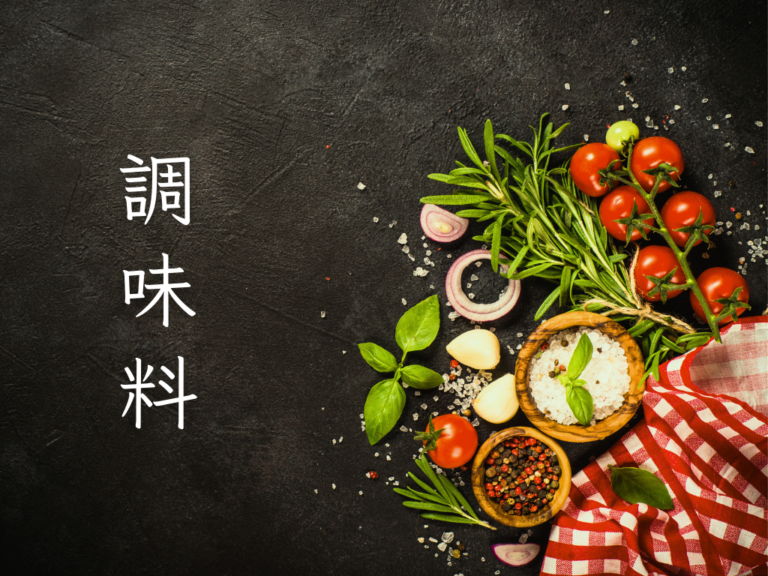Your basket is currently empty!
Hojicha, also known as "ほうじ茶" in Japanese, is a type of tea that is roasted at high temperatures, as the name suggests. This process is a part of tea processing techniques aimed at further removing moisture from the tea leaves, enhancing aroma quality, and improving shelf life.
During the production of Hojicha, mature tea leaves such as twigs and coarse leaves are selected and harvested at a later stage. Since Hojicha requires processing at high temperatures (around 200 degrees Celsius), excessively tender tea leaves are not suitable. After roasting, the tea leaves turn brown and emit a rich tea aroma, completing the process of making Hojicha.

Tender tea leaves typically refer to fresh, tender, and immature tea leaves that grow on the tender branches of the tea plant. Here are some common types of tender tea leaves:
- Bi Luo Chun: A green tea from China, one of the top ten famous Chinese teas known for its elegant appearance and fresh flavor.
- Longjing Tea (Dragon Well Tea): Also known as West Lake Longjing, one of the top ten famous Chinese teas praised for its flat shape and mild taste.
- Sencha: A type of green tea from Japan with a fresh flavor and deep green color, enjoyed in the Japanese tea ceremony called Senchado.
- Oolong Tea: A traditional Chinese tea that falls between green tea and black tea, known for its diverse flavors and floral aroma.

Hojicha originated in Kyoto, renowned for its fresh, warm, and non-bitter taste. For those concerned about consuming too much caffeine, there's no need to worry. Due to the high-temperature processing involved in making Hojicha, the caffeine content is significantly reduced. Approximately 7 mg of caffeine is present in 250 ml of Hojicha, making it one of the lowest-caffeine teas.
Kyoto, as a significant hub of Japanese tea culture and traditional tea production, has become the birthplace of this unique tea variety, Hojicha.
- Ancient Tea Culture: Kyoto, one of the centers of the Japanese tea ceremony, boasts a rich tea culture and tradition. Being a significant tea-producing region and a hub for tea ceremonies, Kyoto has been a place for tea cultivation and tea drinking since ancient times.
- Suitable Climate: The climate in Kyoto is ideal for tea cultivation. The mild climate, moderate rainfall, and abundant sunlight provide an excellent environment for tea growth, contributing to the production of high-quality tea leaves used in roasting.
- Transmission of Techniques: Kyoto holds a wealth of tea processing techniques and traditional tea ceremony practices that have been passed down through generations. As a result, Kyoto has become a center for the production of roasted tea, focusing on preserving traditional tea-making techniques in the process.
Roasted tea can be enjoyed in various ways, simply by steeping it in slightly hot water (around 90 degrees Celsius) to savor the best flavors of roasted tea! Here are some temperature reference suggestions:
1 Low-temperature Roasting (below 200°C): Low-temperature roasting retains the light and fresh flavors of the tea leaves while imparting some roasted aroma. Such roasted tea may have a softer and milder taste, preserving the distinct characteristics of the tea leaves.
2 Medium-temperature Roasting (around 200°C):Medium-temperature roasting enhances the tea leaves' aroma and taste, making them slightly more intense with hints of toasty or roasted flavors, while still maintaining a degree of freshness.
3 High-temperature Roasting(exceeding 200°C)): High-temperature roasting intensifies the flavor of the tea leaves, typically resulting in more pronounced toasty and roasted flavors. This type of roasted tea may have a richer and deeper taste, appealing to those who enjoy bold flavors.

Roasted tea has attracted many tea enthusiasts with its unique flavors:
1 Gentle Flavor:The roasting process of roasted tea imparts warm, sweet flavors to the tea leaves, offering a milder and smoother taste compared to some bitter green teas, making it more palatable to many.
2 Low Caffeine Content:Due to the high-temperature processing, roasted tea usually has reduced caffeine content, making it light on the stomach and suitable for consumption by children, the elderly, and those with health concerns.
3 Unique Aroma:After roasting, roasted tea releases a distinctive aroma, a rich and deep scent that may appeal to those who enjoy the fragrance of tea.
4 Health Benefits:Like other teas, roasted tea contains abundant antioxidants that help protect cells from oxidative damage.
Our EC also offer tea-related products like Osada - Matcha Hard Candy (120g).Feel free to check out our store if you're interested!






